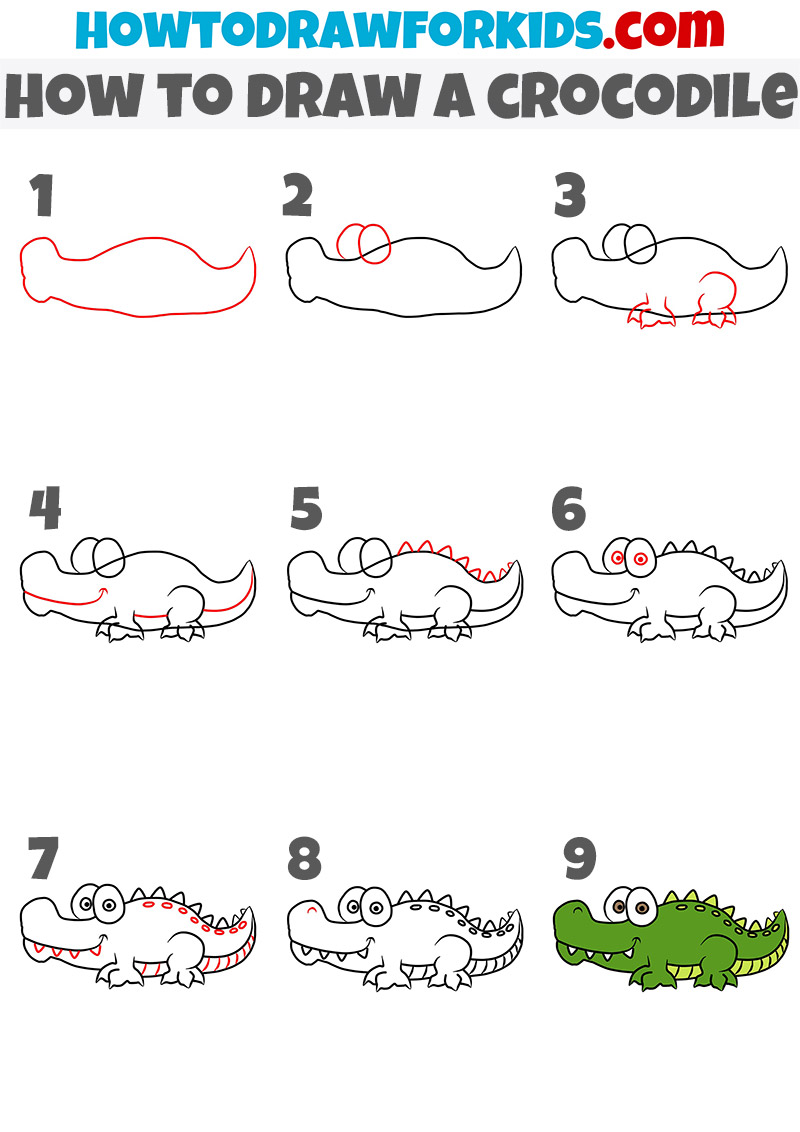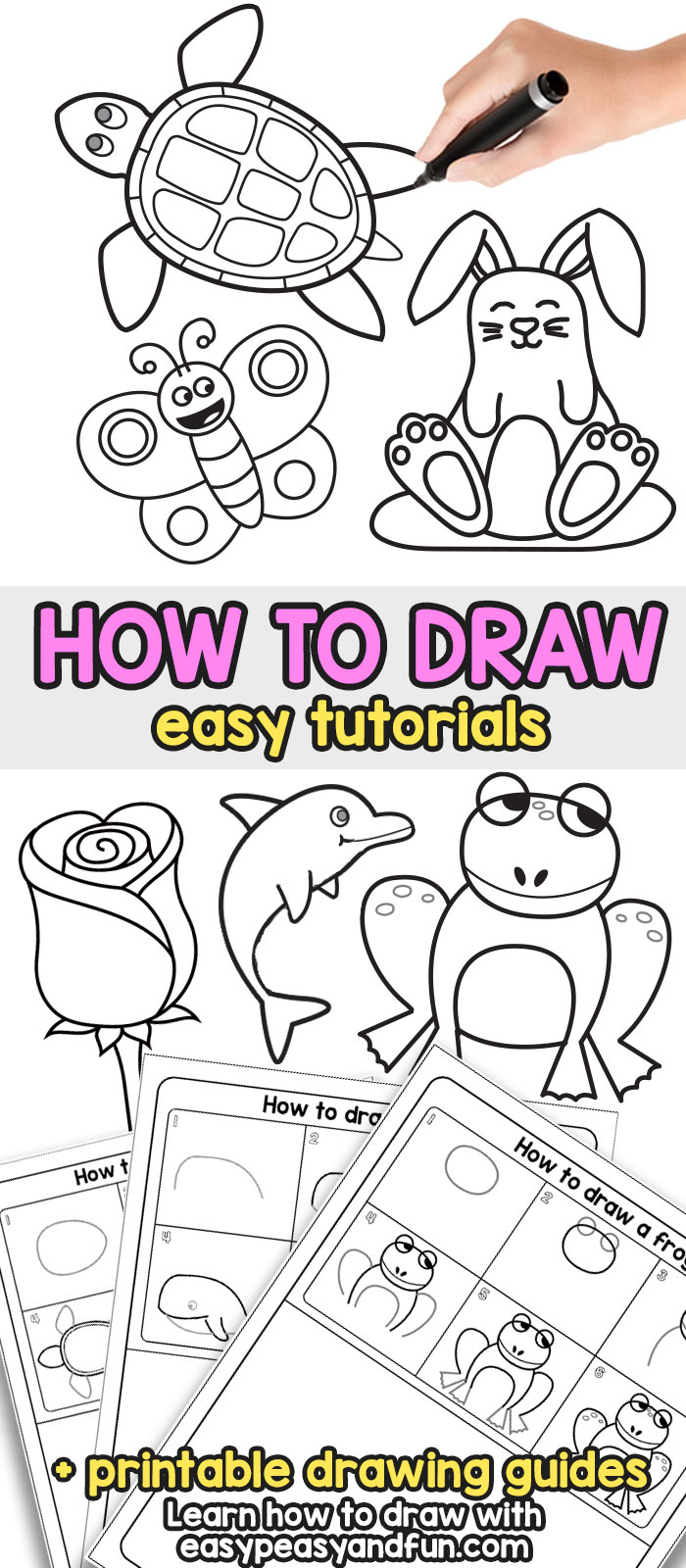Pin by jane jarvis on anatomy
Table of Contents
Table of Contents
Are you an aspiring artist looking to hone your skills by mastering the art of drawing male body proportions? Look no further! In this blog post, we’ll take a deep dive into the world of drawing male body proportions, providing you with helpful tips and tricks along the way.
Pain Points of Drawing Male Body Proportions
Drawing male body proportions can be a daunting task, even for experienced artists. It can be difficult to get the proportions just right, and small mistakes can throw off the entire piece. Additionally, many artists struggle with creating realistic looking figures, often resulting in disproportionate or unnatural poses.
Answering the Target of How to Draw Male Body Proportions
Before diving into the specifics of male body proportions, it’s important to first have a basic understanding of human anatomy. By observing and studying the human body, artists can better understand how to represent it on paper.
When it comes to drawing male body proportions, there are a few key points to keep in mind. Firstly, the head should be roughly one-eighth of the total height of the body. Next, the top of the shoulders should be about twice the width of the head. From there, the rest of the body can be broken down into more specific proportions, such as the length of the arms, legs, and torso.
Summary of the Main Points of Drawing Male Body Proportions
In summary, drawing male body proportions can be a tricky task, but with some basic knowledge of the human body and proper proportions, it can become more manageable. Remember to keep the head at one-eighth of the total height, consider the width of the shoulders in relation to the head, and break down the rest of the body into smaller proportions to create a realistic figure.
Personal Experience with Drawing Male Body Proportions
As an artist, I’ve always found drawing human figures to be a bit challenging. However, through practice and diligent observation, I’ve been able to improve my drawing of male body proportions. One of the most helpful things for me was breaking down the body into smaller, more manageable proportions. By focusing on specific parts of the body, like the arms or legs, it became easier to create a cohesive whole.
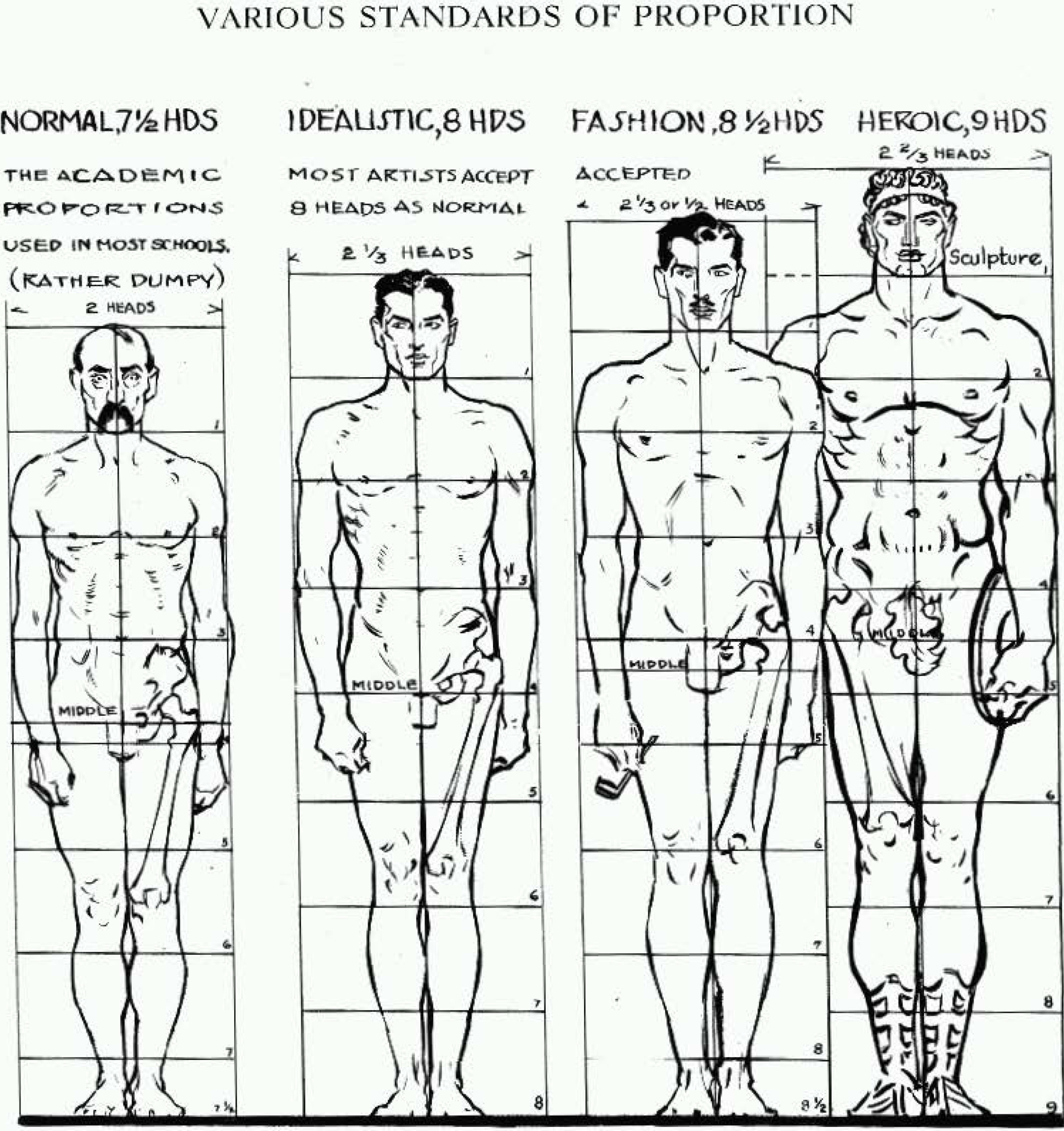 Image source: drawinghowtodraw.com
Image source: drawinghowtodraw.com
Tips for Drawing Realistic Male Body Proportions
In addition to the basics of male body proportions, there are a few additional tips that can help make your figures more realistic. One thing to keep in mind is symmetry - while not all human bodies are perfectly symmetrical, taking care to make the figure somewhat balanced can go a long way in making it look more believable.
Another helpful tip is to look at photo references or real-life models when practicing drawing male body proportions. This can provide insight into how the body moves and bends, allowing you to create more dynamic and realistic poses.
The Importance of Practice
As with any skill, the only way to truly improve at drawing male body proportions is to practice, practice, practice! Don’t be afraid to make mistakes or try new techniques - the more you draw, the more you’ll be able to fine-tune your skills and create stunning works of art.
 Image source: Pinterest
Image source: Pinterest
Question and Answer
Q: How can I make sure the proportions are correct?
A: One way to ensure proper proportions is to use a “unit of measurement” - for example, ensuring that the head is always one-eighth the height of the body. Breaking down the rest of the body into smaller proportions can also be helpful.
Q: What should I do if I can’t get the pose quite right?
A: Don’t be afraid to use photo references or real-life models to help create a more dynamic pose. Sketching out quick gesture drawings can also help you find the right pose before diving into more detailed work.
Q: Are there any specific techniques I should use when shading?
A: Shading can be a complex technique, but one helpful tip is to pay attention to light sources when shading the figure. Consider where the light is coming from and how it would affect different parts of the body, such as casting shadows or creating highlights.
Q: How can I avoid making the figure look stiff or unnatural?
A: When drawing male body proportions, it’s important to consider motion and movement. Adding in slight curves or bends to the figure can help create a more dynamic and natural pose. Additionally, using reference materials can help you get a better understanding of the way the human body moves.
Conclusion of How to Draw Male Body Proportions
Drawing male body proportions may seem daunting, but with some practice and knowledge of basic proportions and anatomy, it can become a much more manageable task. Don’t be afraid to experiment with different techniques and styles, and always remember that practice makes perfect!
Gallery
21 Human Anatomy Drawing Ideas And Pose References - Beautiful Dawn

Photo Credit by: bing.com / proportion
Proportions Of The Human Figure : How To Draw The Human Figure In The

Photo Credit by: bing.com / figure proportions human draw proportion correct drawing male female
Proportions Of The Human Figure : How To Draw The Human Figure In The
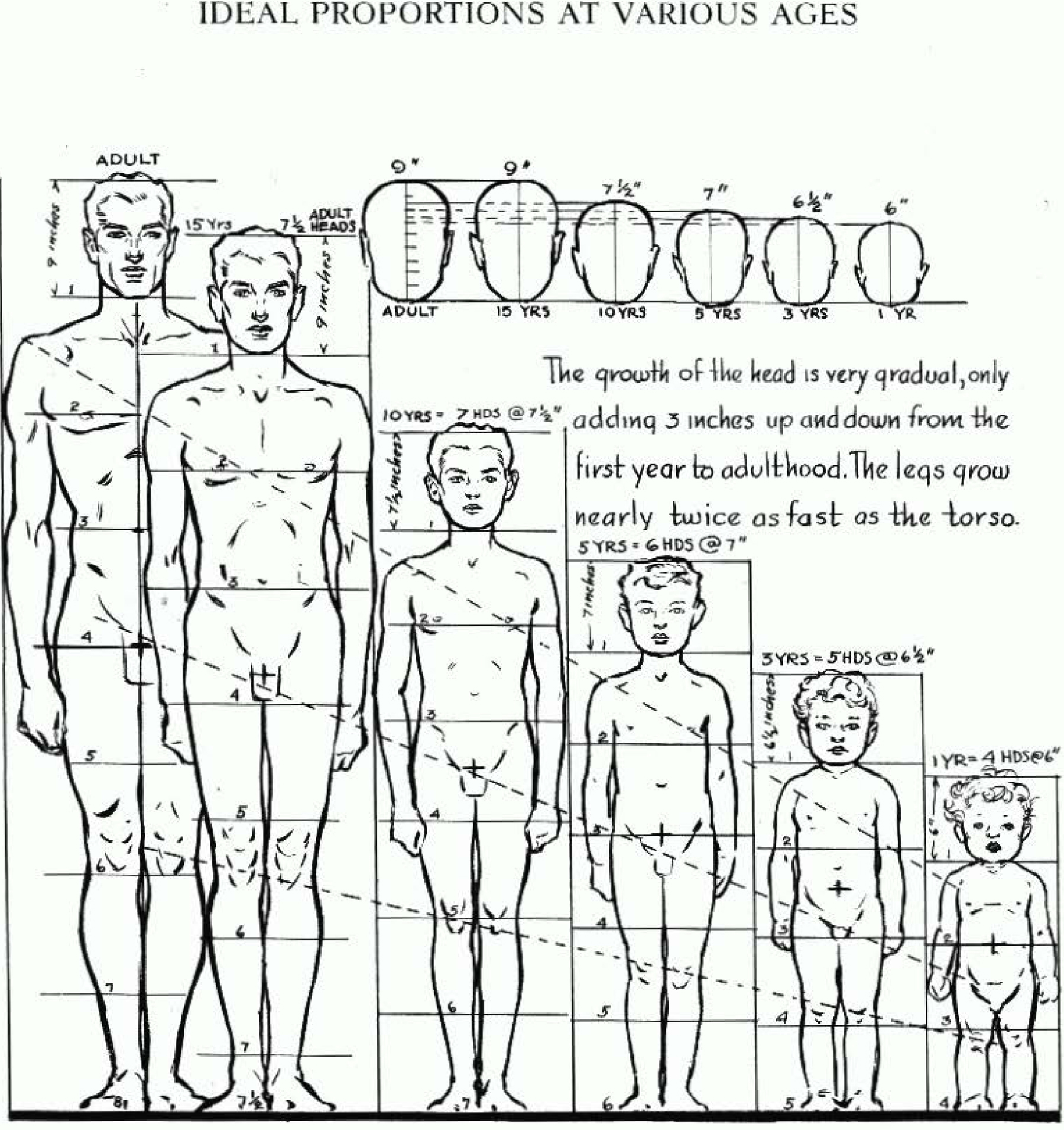
Photo Credit by: bing.com / proportions figure human draw drawing head ideal correct children ages relative
Pin By Jane Jarvis On Anatomy | Human Drawing, Human Body Drawing

Photo Credit by: bing.com / proportions proportion drawinghowtodraw memorizing
Photoshop For Noobs • Human Body Proportions (Male And Female) By…
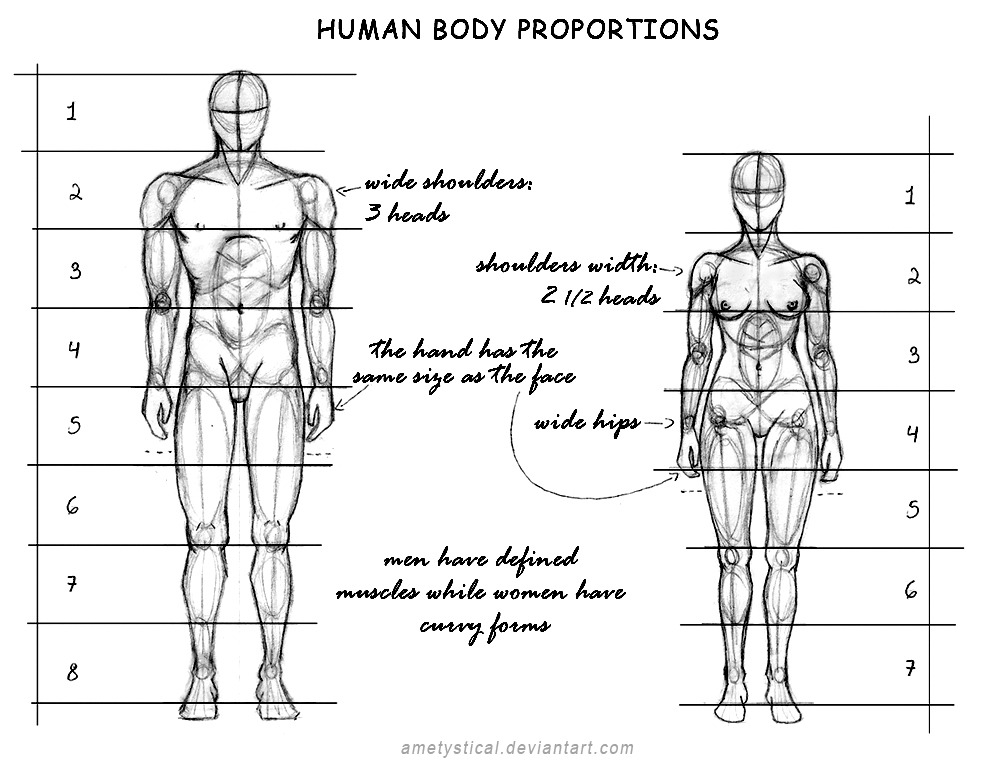
Photo Credit by: bing.com / proportions proportion heroic noobs imgarcade drawinglessons


